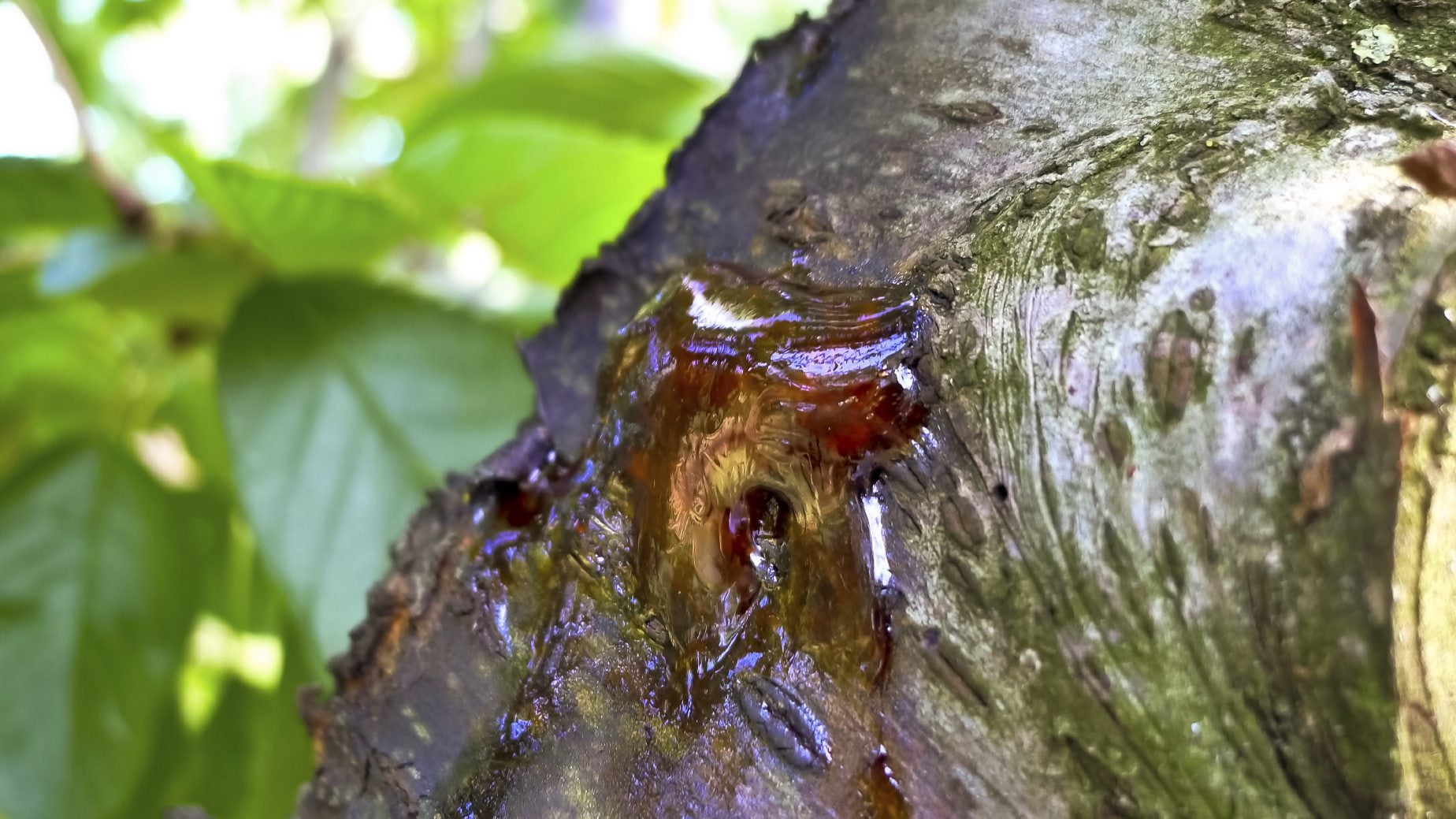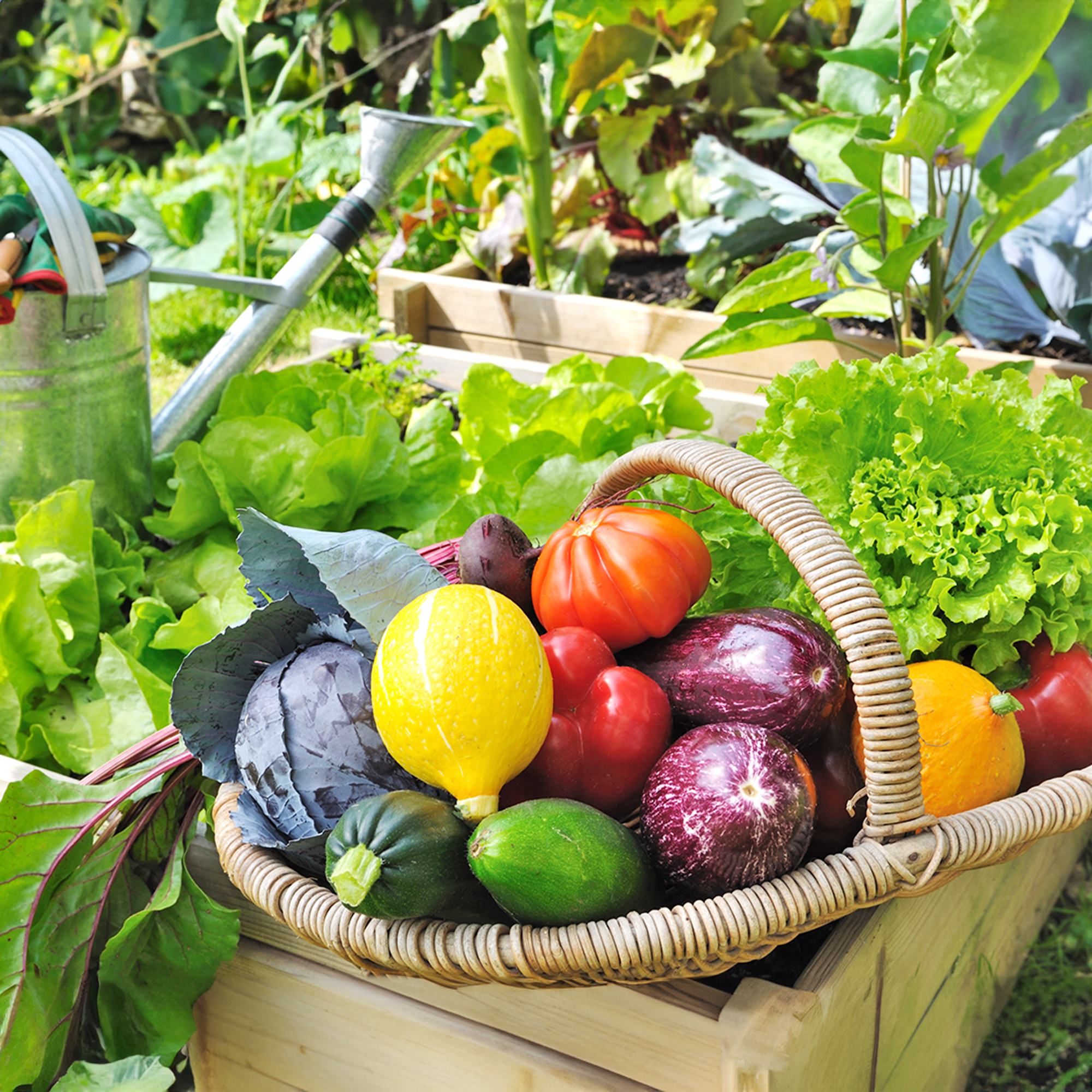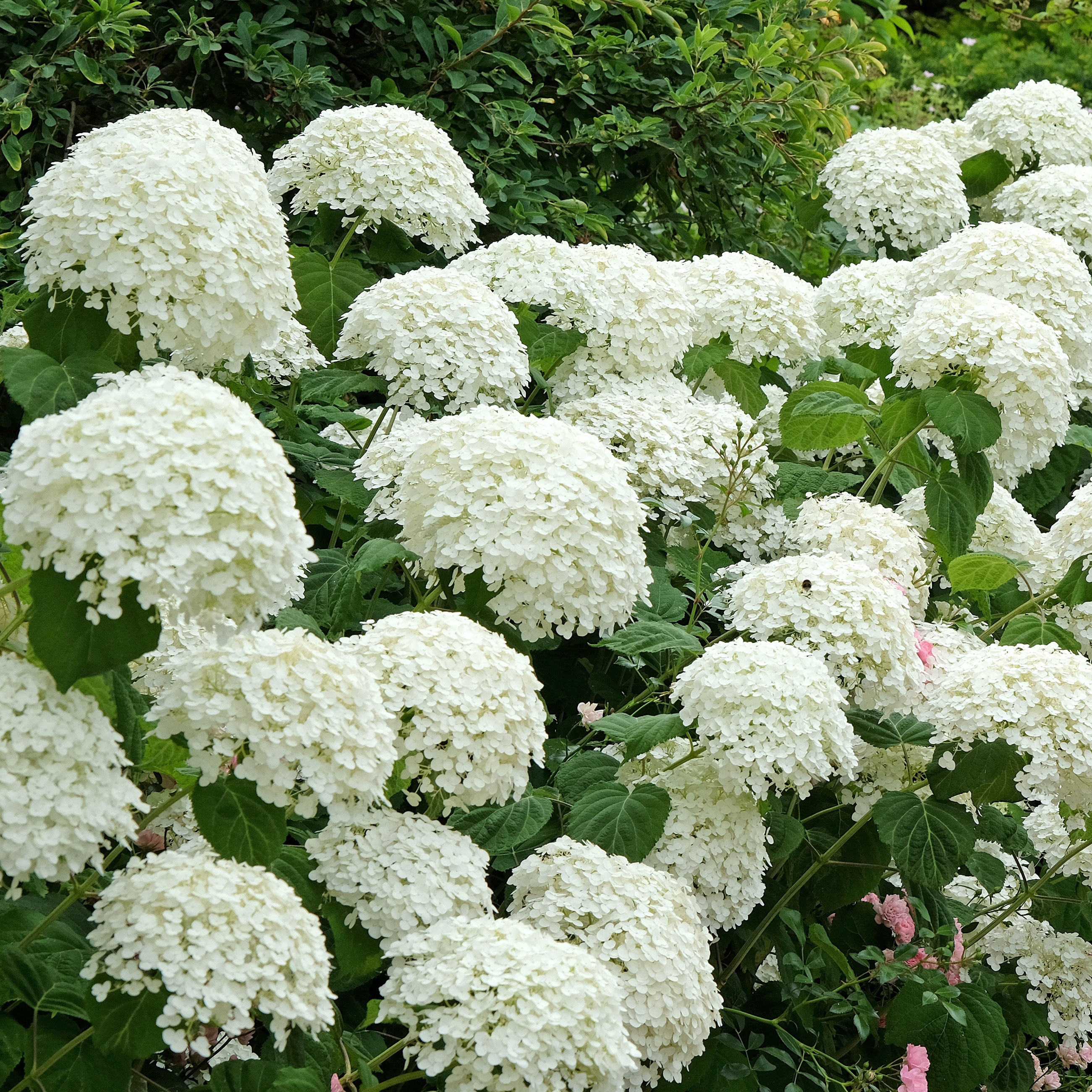Cherry Tree Leaking Sap: How To Stop Oozing Cherry Trees


You go to examine your beloved cherry tree and find something unsettling: globs of sap oozing through the bark. A tree losing sap isn’t dire (it’s how we get maple syrup, after all), but it’s probably a sign of another problem. Keep reading to learn about the causes of bleeding cherry trees.
Why is My Cherry Tree Leaking Sap?
Sap oozing from cherry trees can be brought on by a few different things. It’s so common in fruit trees, in fact, that it has its own name: gummosis. One very obvious cause is injury. Have you used the weed whacker a little too close to the trunk recently? If the tree looks otherwise healthy, but it’s leaking sap from a single fresh looking wound, it’s probably just been nicked by something metal. There’s nothing much you can do but wait for it to heal. A cherry tree leaking sap from multiple places around the base of the trunk is another matter, though. Check in the sap for sawdust - if you find it, you probably have borers. Despite what the name suggests, cherry trees are the favorite home of peach tree borers, little insects that tunnel out of the trunk, leaving sap and a trail of sawdust. Get your tree sprayed for borers in the spring and keep the area around its base cut back to deter their spread.
How to Stop Oozing Cherry Trees
If the sap oozing from cherry trees is free of sawdust and more than a foot above the ground, you’re probably looking at canker disease. There are a few types of canker disease that cause sap oozing from cherry trees, and all of them result in sunken, dead material (or cankers) around the ooze. Try scraping away a glob of sap from your bleeding cherry trees - the wood underneath will be dead and most likely come away in your hands. If this is the case, cut away every canker and the surrounding wood and destroy it. Make sure you get it all, or it’ll just spread again. You can take steps to prevent canker in the future by protecting your tree from damage - canker enters the tree through wounds in the wood, especially on warm, wet days.
Gardening tips, videos, info and more delivered right to your inbox!
Sign up for the Gardening Know How newsletter today and receive a free copy of our e-book "How to Grow Delicious Tomatoes".

The only child of a horticulturist and an English teacher, Liz Baessler was destined to become a gardening editor. She has been with Gardening Know how since 2015, and a Senior Editor since 2020. She holds a BA in English from Brandeis University and an MA in English from the University of Geneva, Switzerland. After years of gardening in containers and community garden plots, she finally has a backyard of her own, which she is systematically filling with vegetables and flowers.
-
 15 Best Vegetables To Plant In May For A Summer Bounty Of Fresh Homegrown Produce
15 Best Vegetables To Plant In May For A Summer Bounty Of Fresh Homegrown ProduceGet planting your dream garden with these best vegetables to start in May – including options for direct sowing, indoor seed-starting, and planting seedlings.
-
 Native Hydrangea Varieties In North America – 8 Sensational Smooth And Oakleaf Varieties For Hardy Blooms And Multi-Season Beauty
Native Hydrangea Varieties In North America – 8 Sensational Smooth And Oakleaf Varieties For Hardy Blooms And Multi-Season BeautyHydrangeas are beloved for their enduring visual dynamics – but if you go native, they’re even better. Here are the most captivating native hydrangea varieties you can grow